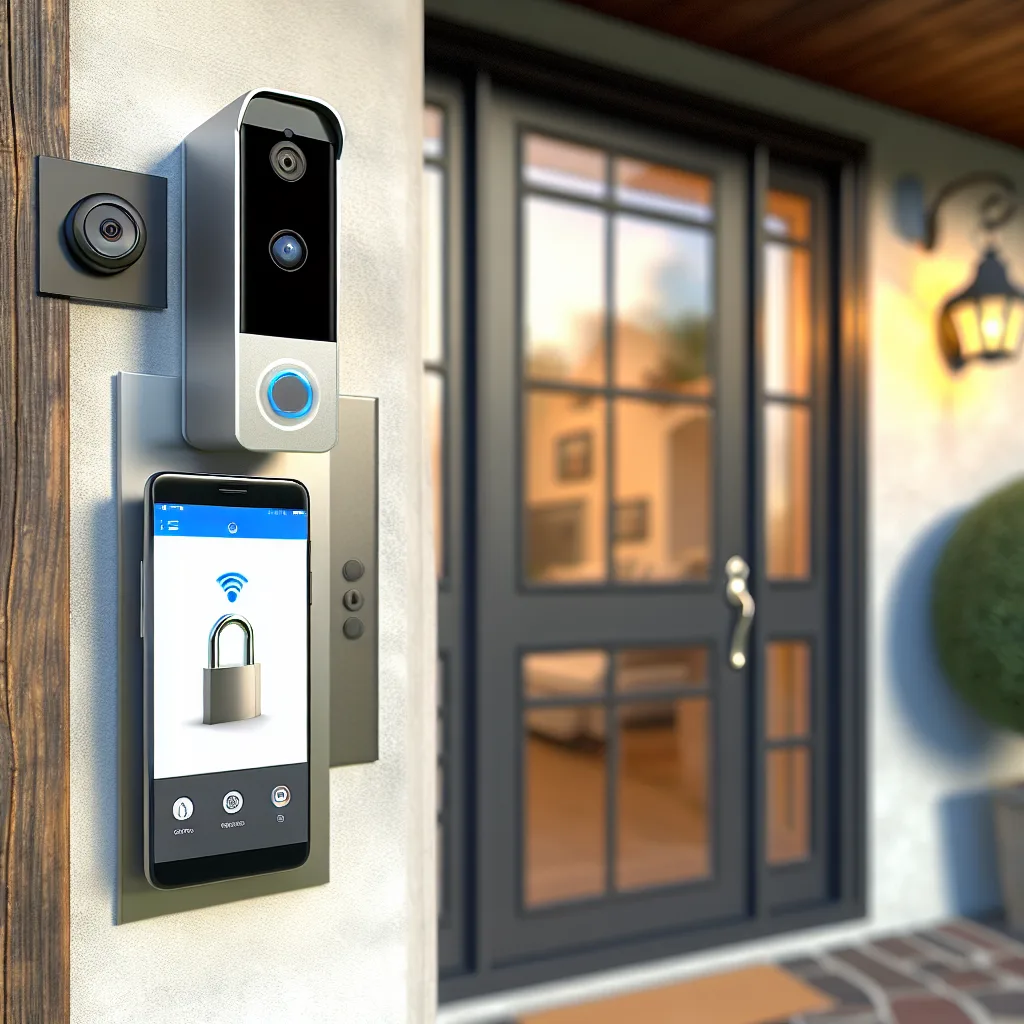How to find the best self-monitored home security with Google Home integration
If you’re thinking about upgrading your home security and want to move from something like SimpliSafe to a system that works smoothly with Google Home, you’re not alone. Lots of folks love SimpliSafe for its simplicity and reliable monitoring but start wondering if a self-monitored system integrated with Google Home might be a better fit—and more affordable—in the long run.
I recently dug into this topic myself, exploring how well different home security devices mesh with Google Home. Let me walk you through what I found and offer some tips if you’re on the fence about making the switch.
Why Consider Google Home Security?
Google Home security setups let you manage your devices with voice commands and a single app. Imagine locking your front door, viewing camera feeds, or adjusting your thermostat without juggling multiple apps. Plus, self-monitoring means no monthly fees to a monitoring company, which can save you money.
But here’s the catch: not all devices work the same way within the Google Home ecosystem.
The Integration Gap: What Works and What Doesn’t
I’ve seen people struggle because some smart devices don’t fully support all features through Google Home. For example, you might be able to turn your thermostat on or off with Google Assistant but can’t set custom schedules or vacation modes without going back to the original app. The same goes for smart kettles or similar gadgets—you get basic control but lose advanced settings.
When it comes to home security, this is even more critical. Your front door lock, cameras, and doorbell need to be reliable and easy to control—preferably from one app.
What to Look for in a Google Home Security System
- Full app integration: Can you do everything from the Google Home app or just basics?
- Self-monitoring options: Do you want to ditch monthly fees?
- Device compatibility: Locks, cameras, doorbells—you want them working seamlessly.
- Ease of use: Simple control over PIN codes, system updates, and alerts.
Several brands excel here. For example, August Smart Lock integrates well with Google Home and lets you manage access codes smoothly. For cameras, Google Nest Cam is designed to work flawlessly within the Google ecosystem. And for video doorbells, the Nest Hello offers good integration and quality.
Managing Expectations
Realistically, you might still need a couple of separate apps. Some features might only be available through the original device app, at least for now. But as the Google Home platform evolves, integration is improving steadily.
If keeping everything in one app is a must, focusing on devices designed specifically for Google Home, like the Nest series, is your best bet. Otherwise, prepare for a few extra apps but still enjoy the benefits of centralized voice commands and automation.
Wrapping Up: Is Google Home Security Right for You?
Switching to a Google Home security setup means more control at your fingertips and potentially lower costs with self-monitoring. Just keep in mind that integration isn’t always perfect, and some devices may require their own apps for full features.
For the front door, look for smart locks like August or Nest x Yale. For cameras and doorbells, Google Nest products top the list for seamless integration.
Want to learn more? Check out these official resources:
- August Smart Lock: https://august.com/
- Google Nest Devices: https://store.google.com/category/nest
- Google Home Help: https://support.google.com/googlenest/
Making the change can be worth it for the ease and flexibility you get. Just take a little time to balance what features you want with how much app juggling you’re willing to do. After all, a secure home that fits your lifestyle is what really counts.
Hope this helps you navigate your Google Home security options a bit easier!
